
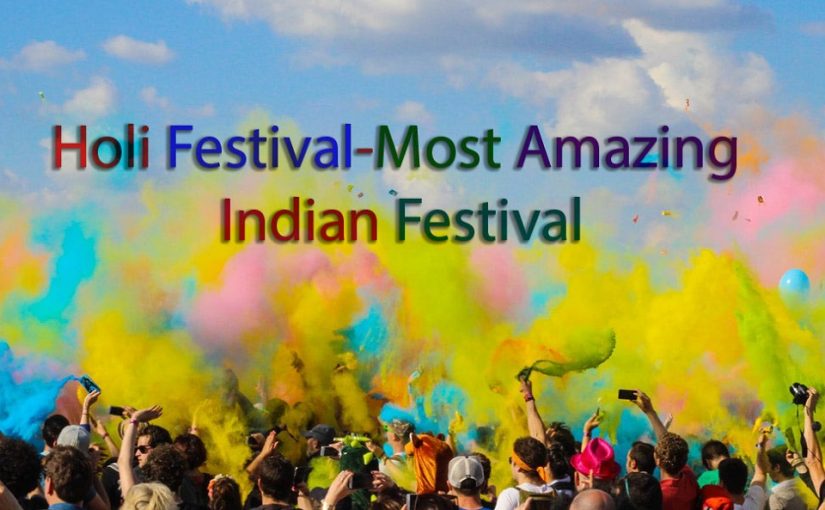
Holi & Dhulandi
Holi, a traditional Hindu festival which celebrates the beginning of spring as well as the triumph of good over evil. It is best known around the world for the powder that revellers throw on each other, leaving festival-goers coated in colour by the end of the day.
Although the festival originated in India and is still widely celebrated there as a religious festival, it has been adopted in many places around the world.
Here is everything you need to know about it, from where it came from to why the powder, known as Gulal, is thrown.
When is the Holi Festival?
Every year the festival celebrations begin on the evening of the full moon that comes in ‘Phalguna’ (between the end of February and the middle of March), carrying on into the next day.
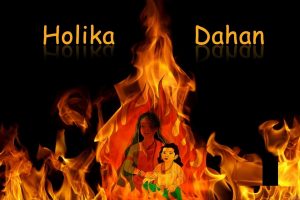
The first evening is known as Holika Dahan, or Chhoti Holi. Festival-goers traditionally gather around a bonfire to celebrate the victory of good over evil. They perform religious rituals, which include prayers that any evil inside of them is destroyed.
The following day is called Holi, or Rangwali Holi or Dhulandi in northern Indian states like Haryana, Rajasthan, UP. This is when the famous colourful powders are thrown, mixing with water from water guns and water balloons so that the powder sticks to people.
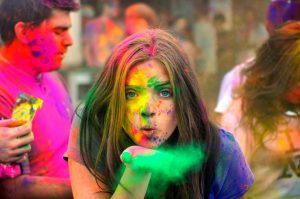
Why Gulal is thrown in the air?
The coloured powder – or gulal – thrown on the second day of the festival comes from the legend of Krishna. Anyone at Holi is fair game to be covered in the perfumed powder as a celebration of Krishna and Radha’s love, regardless of age or social status. The powder also signifies the coming of spring and all the new colours it brings to nature.
Historically, the gulal was made of turmeric, paste and flower extracts, but today synthetic versions are largely used.
The four main powder colours are used to represent different things. Red reflects love and fertility, blue is the colour of Krishna, yellow is the colour of turmeric and green symbolises spring and new beginnings.
Note: Article published on Telegraph
Related Festivals
-
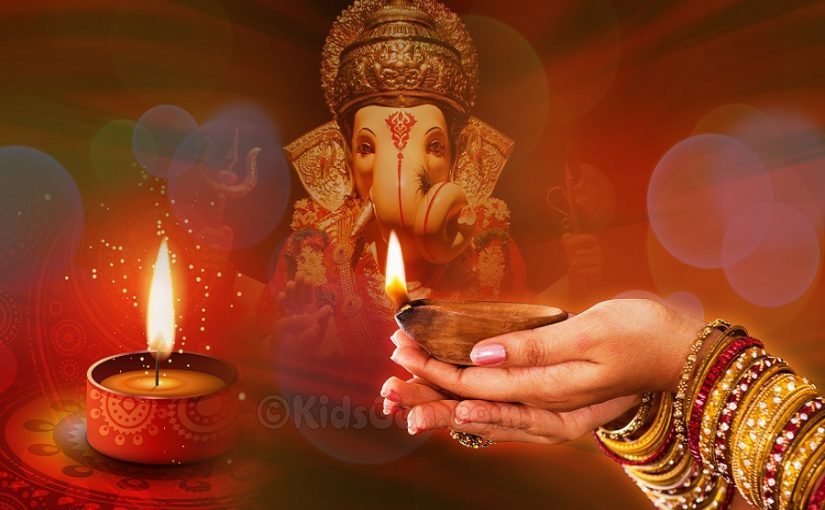
Diwali
Diwali, the Hindu festival of lights, is the most popular of... -
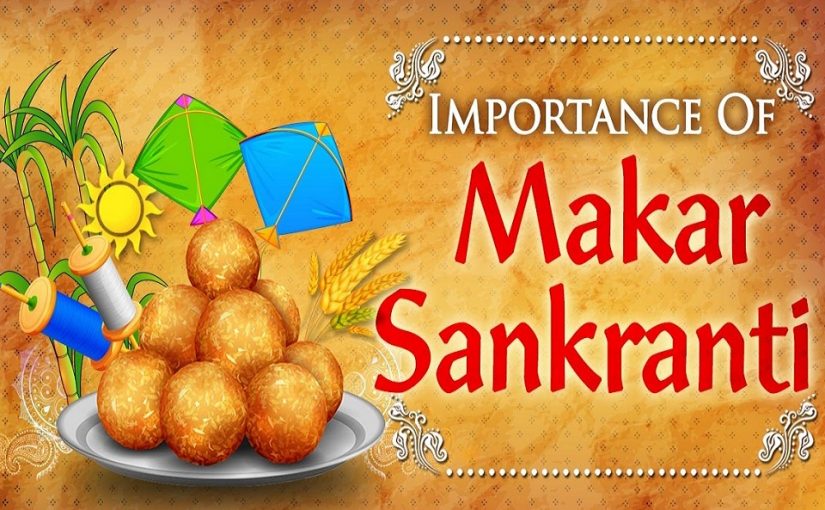
Makar Sankranti
India’s cultural heritage is richer than any other nation ... -
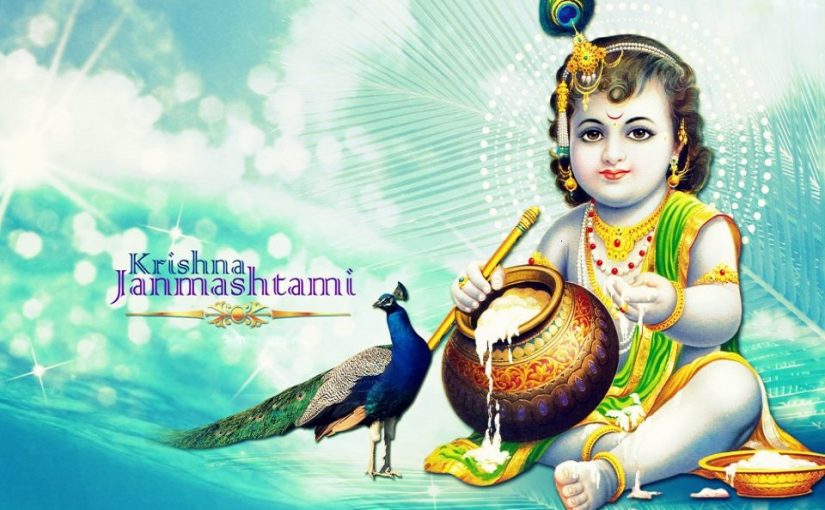
Krishna Janmashtami
The birth of Lord Krishna (a re-incarnation of Lord Vishnu) ... -
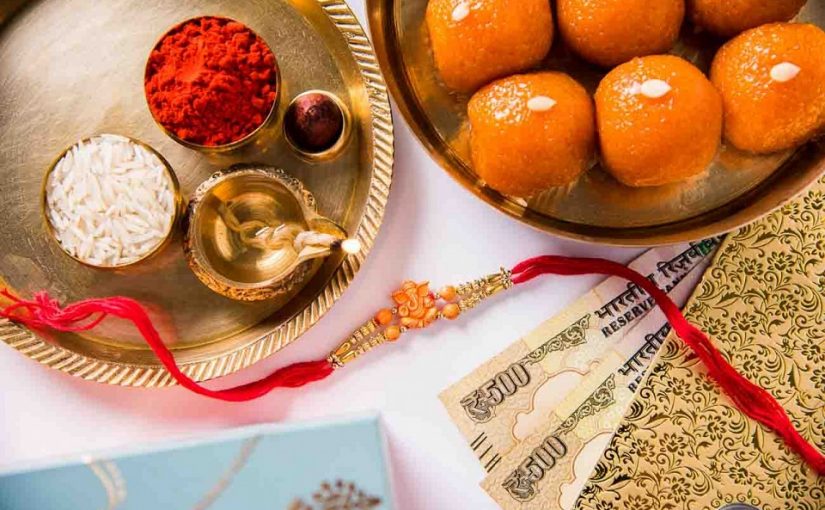
Raksha Bandhan
Raksha Bandhan celebrates the bond of affection between brot... -
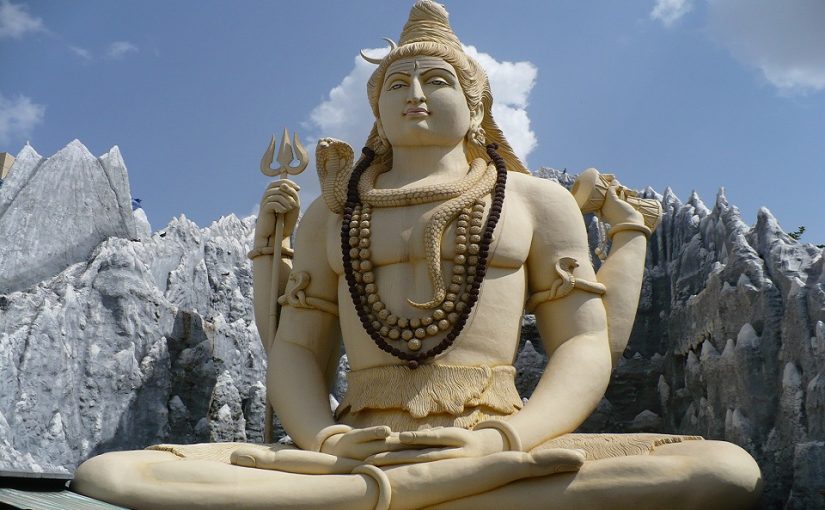
Maha Shivaratri
There is a legend about a time when the Asuras (demons) and ...






